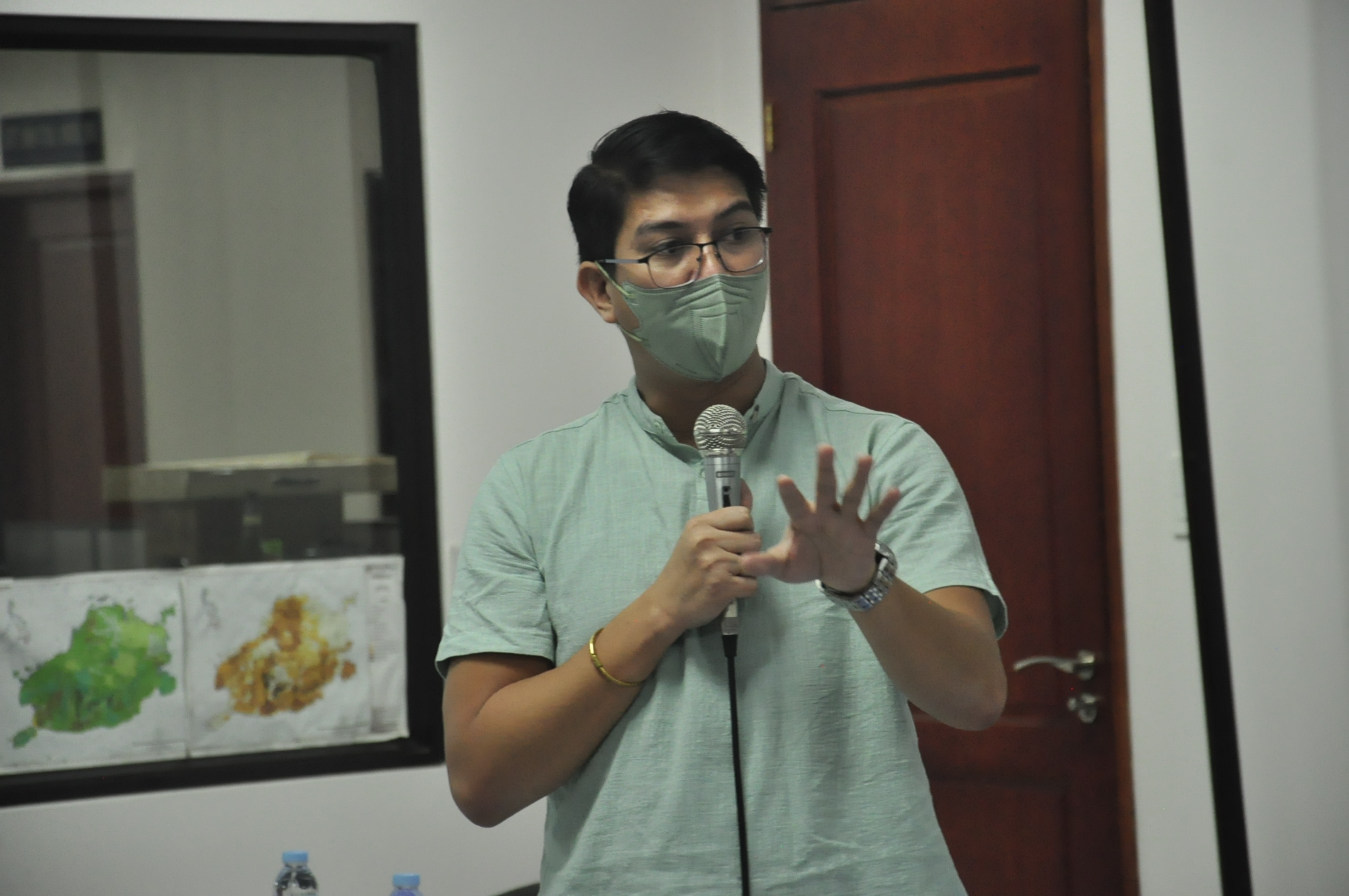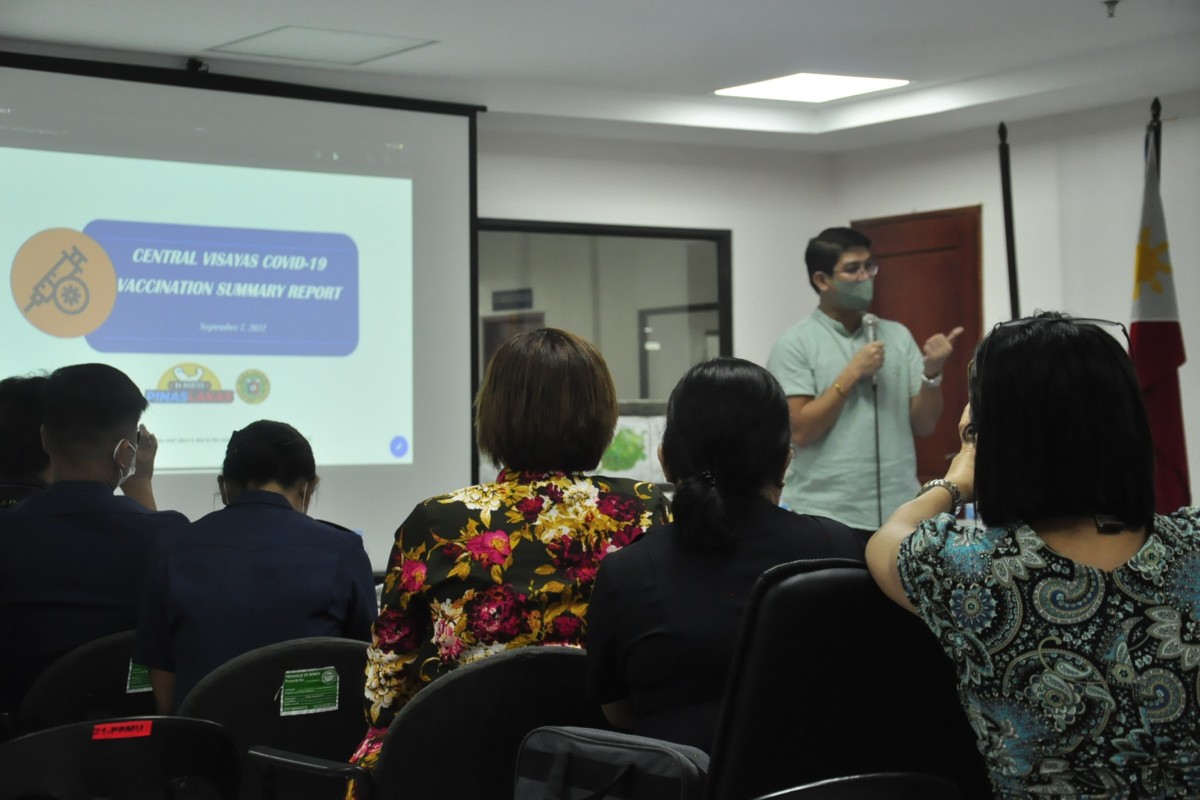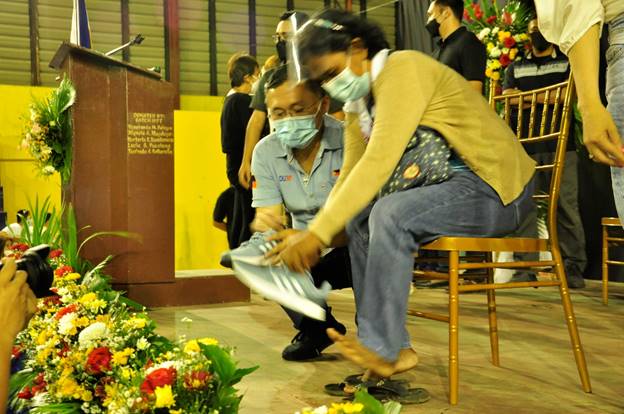TAGBILARAN CITY, Bohol, Sept. 10 (PIA) – Lack of accurate information and structural barriers may be preventing many Filipinos from not receiving the COVID-19 vaccines.
Department of Health Region 7 (DOH7) Spokesperson Dr. Van Phillip Baton, during the recent LakasPinas Forum here, pointed out that the top reasons for vaccine hesitancy include a concern for the side effects, lack of information if the vaccine works, and the usual “wait-and-see” attitude.
These were the results of the online 2022 COVID-19 Vaccination Survey done between May 12-19, said Baton.
The survey showed that 86 of the 2,599 respondents were unvaccinated, while 60 of the 86 expressed concern over the side effects.
“Side effects are normal, and the inconvenience of having side effects over the certainty of getting moderate to serious case of COVID-19, which has hit big on the unprotected, should be enough argument,” said Baton.
Of the same number of unvaccinated individuals, about 26 said there is no support for the treatment of side effects after vaccination.
There are around 20 of the 86 unvaccinated survey respondents who believe the vaccine protects them from severe COVID-19.
As to those who have not been given the first booster shot, which was at 492, 47% said they are not concerned about side effects, 30% said they have not seen any available schedule to get vaccinated, and 25% said they are waiting for their preferred brand of vaccines.
For those who received primary doses but have refused to get the booster, which are at 238, 74% are not concerned of the side effects, 32% said there is no support for treatment of side effects after vaccination, and 15% refused the booster because it is not a requirement for school or work.
Based on these data, DOH said there is still a need for information officers to widely disseminate efficacy and safety cards and the information it contains and stress on safety and efficacy of vaccines.
DOH also recommends considering targeted communications to those unemployed, under college graduates, and lower middle income families as these register low on primary and booster doses.
The health department also recommends the production of IEC material that are more likely to reach populations in lower socio-
economic status, materials that use less text and more visuals, and the use of other creative and conventional information dissemination platforms. (RAHC/PIA7 Bohol)




